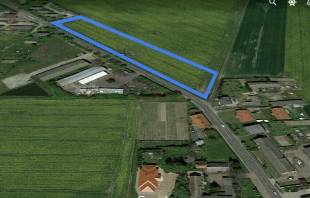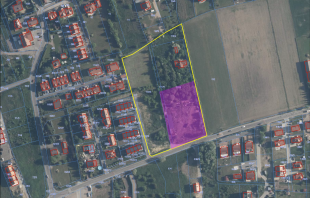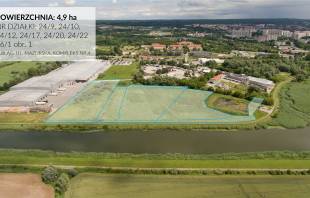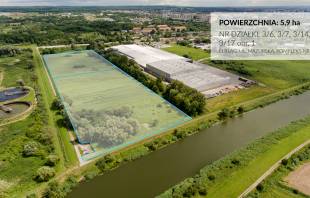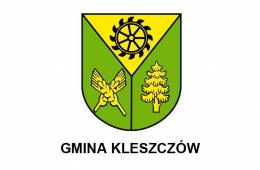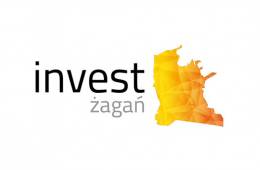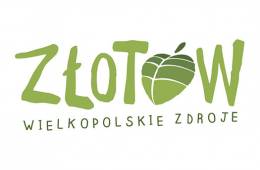This report is a continuation and an update of the publication “Where to invest in Poland? Map of retail gaps”, which highlights the potential investment opportunities in smaller Polish cities (between 30,000 and 100,000 inhabitants). The data concerning purchasing power and the consumer market in small cities shows the potential that modern shopping centers have, but also emphasizes the lifestyle and shopping habits of inhabitants, which have to be taken into account by developers in order to succeed.
Since the end of 2011, more than 137,000 sqm. have been delivered to the analyzed markets within 12 projects. The biggest ones were undertaken in Grudziądz (Alfa Centrum) and Kędzierzyn Koźle (Odrzańskie Ogrody). In most cases the greatest potential among the analyzed cities can be observed in these smaller ones (with less than 50,000 inhabitants). The most popular locations for newly planned retail schemes are Kutno, Nysa, Sochaczew and Cieszyn.
Operating in these markets are local developers with a single shopping center, developers operating in several markets as well as companies operating nationwide. Smaller markets throughout Poland are also attractive for developers, who operate on several markets within standardized chain of shopping centers, such as Dekada Realty (Dekada) investing in Nysa or Elbfonds Development with its project – Marcredo Center in Kutno.
In cities with the population of less than 50,000 main retail chains are Biedronka (181 stores), Media Expert (66), Lidl (52) or PEPCO (48). There are also some exceptional situations, when stores that are usually found in large cities open up in small towns i.e.: Alma in Nowy Targ. The majority of retail chains operate in the FMCG sector. Among the 59 small cities analyzed, 52 have DIY stores.
The purchasing power index for the retail trade in small cities (between 20,000-50,000 inhabitants) amounts to 105.5 (with the national average of 100). The branch structure of the purchasing power index in categories such as FMCG, fashion & shoes and homeware is above the national average, while the index in gastronomy and entertainment & leisure sectors is below the national average. The largest share in the expenditure of Poles is reserved for FMCG sector. 45% of all purchases in this category is done in discount stores, among which Biedronka is an unquestionable leader with the 70% share.
43% of inhabitants of small cities visit shopping centers once a month, which is more than the average for Poland. However, 38% from the same group do no go to shopping centers at all. Purchases of clothes and shoes in these cities are made predominantly in the shops located directly on streets and in outdoor markets.
Retail markets in small cities can be an attractive location for modern shopping centers. Analysis shows that both developers and retail chains are interested in these markets. However, the size and retail format of the new developments have to be well matched with the purchasing power and the needs of local inhabitants.





















